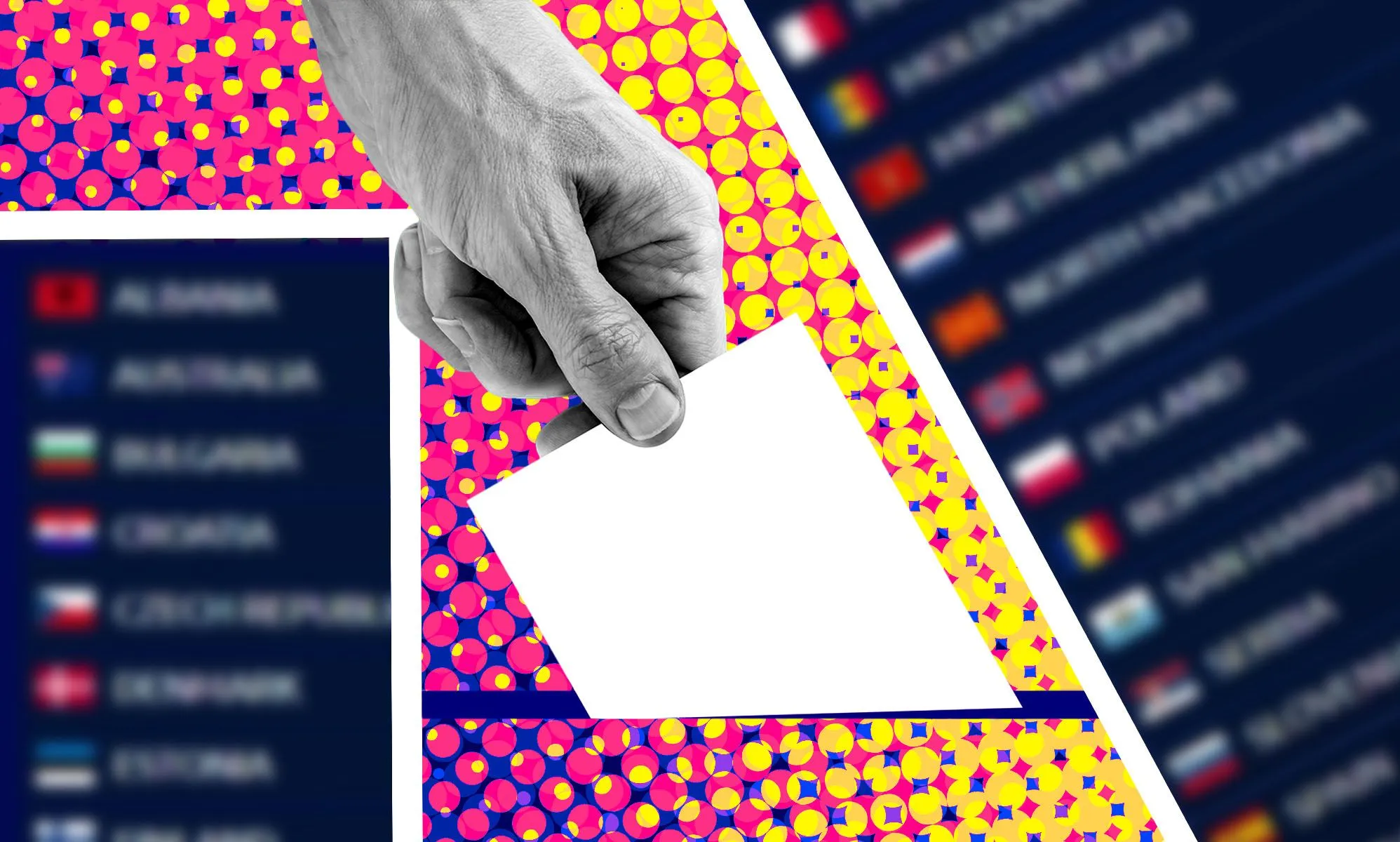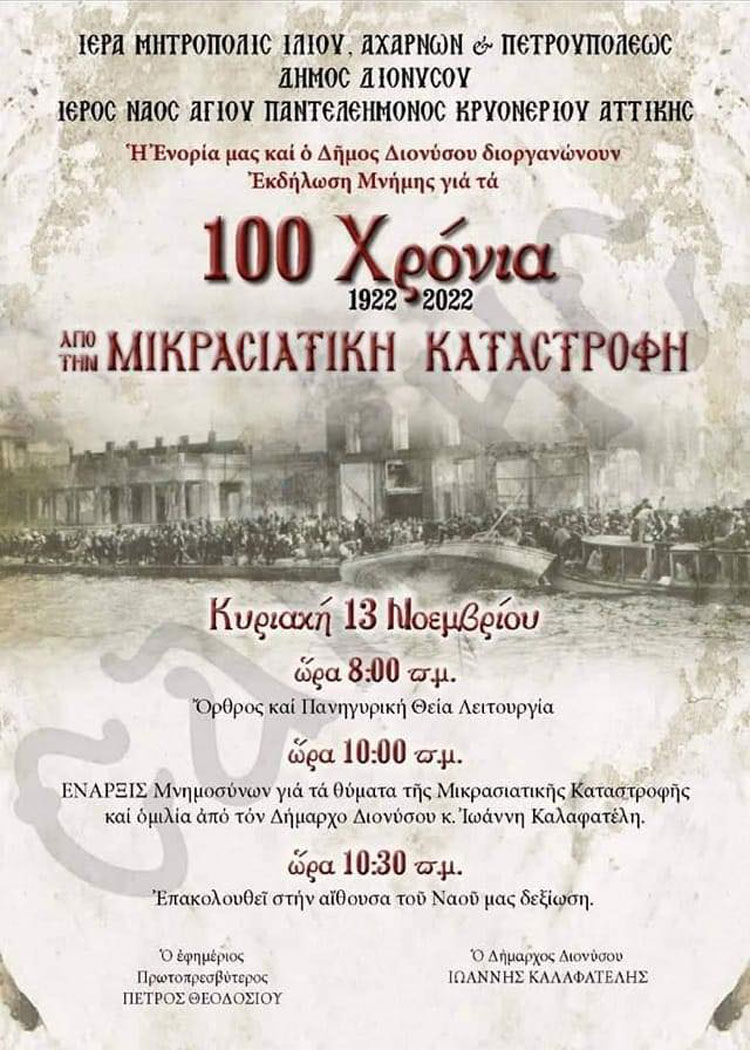Understanding Eurovision Voting: A Complete Guide

Table of Contents
The Two Phases of Eurovision Voting: Jury and Televoting
Eurovision's voting system is a two-pronged approach, cleverly blending the opinions of music professionals and the public. This dual system – jury voting and televoting – aims to ensure fairness and represent a wide range of perspectives. The combination of these two methods creates a more balanced and comprehensive assessment of the performances.
-
Jury Voting: National juries, composed of five music industry experts from each participating country, assess the songs based on criteria such as vocal performance, song composition, and overall artistic impression. Their scores are secret ballots, ensuring unbiased judging. Points are allocated from 1 to 12, with the highest scoring song receiving 12 points. The jury members are chosen to represent a diverse range of musical expertise, avoiding any conflicts of interest.
-
Televoting: The public also gets a voice! Viewers in each participating country can vote for their favourite songs via telephone, SMS, or dedicated apps. Strict measures are in place to prevent fraud and manipulation, ensuring that the results reflect genuine public opinion. This ensures that popular songs have a fair chance in the competition.
-
Weighting of Jury and Televote Scores: The weighting of jury and televote scores has varied throughout Eurovision's history. While the exact weighting might differ from year to year, both components contribute significantly to the final result, balancing professional critique with public enthusiasm. This balance helps create a fairer and more representative result.
Understanding the Eurovision Point Allocation System
Once the votes are tallied, the point allocation process is initiated. Each country awards points from 1 to 12 (and sometimes additional points for the songs that ranked between positions 3 to 10, with the exact number depending on the year), based on the combined scores from its jury and televote. This allocation results in a clear winner based on a combined score from all participating countries.
-
No Self-Voting: A crucial rule prevents any country from awarding points to itself, ensuring objective judgment. This stops countries from unfairly boosting their own entries.
-
Tie-Breaking Procedures: In the event of a tie, specific tie-breaking procedures are employed, ensuring a clear winner is determined. Usually, the country with the higher televote score wins the tie.
-
The Announcement of Points: The announcement of points is a dramatic highlight of the show, building suspense and excitement as the scores unfold. The dramatic reveal is one of the most iconic aspects of the show.
-
Spokespersons: Each country designates a spokesperson to announce its votes, adding a personal touch to the process. These spokespersons are often well-known personalities from the participating countries.
The History and Evolution of Eurovision Voting
Eurovision voting hasn't always been as sophisticated as it is today. The system has evolved significantly over the decades, adapting to technological advancements and striving for greater fairness and transparency.
-
Early Voting Methods: Initially, voting was done via postcards, a much slower and less efficient process. This early system was prone to inaccuracies and delays.
-
Introduction of Televoting: The introduction of televoting revolutionized the process, making it faster, more accurate, and significantly more accessible to viewers. This increased audience participation and made the voting more democratic.
-
The Impact of Online Voting and Social Media: The advent of online voting and the rise of social media have added new dimensions to the Eurovision voting experience. Increased engagement and international discussion is a positive effect of the internet.
-
Addressing Past Voting Irregularities: Over the years, controversies regarding voting irregularities have led to significant reforms in the system, constantly aiming to ensure fairness and transparency. Constant improvement and adaptation are key to ensuring the fairness and longevity of the competition.
Frequently Asked Questions (FAQs) about Eurovision Voting
-
Can countries vote strategically? While there's no rule against it, strategic voting is difficult to prove and its impact is debatable.
-
How are juries selected and trained? Each broadcaster selects its jury, adhering to strict guidelines to ensure impartiality and expertise. They are usually vetted to ensure they have no conflicts of interest.
-
What happens if there is a technical failure during voting? Contingency plans are in place to address technical issues, ensuring a smooth and fair voting process. This ensures that unforeseen events don't affect the result.
-
How are results verified for accuracy? Rigorous verification processes are in place to confirm the accuracy of the voting results before the final announcement. Independently audited results mean fair play for all contestants.
Analyzing Eurovision Voting Patterns and Trends
Analyzing past Eurovision voting results reveals fascinating patterns and trends. Understanding these patterns helps predict potential outcomes and deepen the appreciation for the competition.
-
Neighboring Countries' Voting Habits: Neighboring countries often tend to vote for each other, reflecting cultural affinities and regional bonds. This shows the effect of geography on voting patterns.
-
The Influence of Musical Genre Preferences: Popular genres tend to attract more votes. The appeal of different genres varies across cultures, influencing the voting outcomes.
-
The Impact of Political Relations on Voting Decisions: While less explicit, political factors might subtly influence voting decisions between countries. This demonstrates the influence of geopolitical realities on seemingly apolitical competitions.
Mastering the Art of Eurovision Voting
Understanding Eurovision Voting involves grasping the dual system of jury and televoting, the point allocation process, and the historical evolution of the system. By recognizing these key aspects, you'll gain a richer and more insightful appreciation for this multifaceted competition. Now that you understand the complexities of Eurovision Voting, get ready to analyze the next contest with a keen eye! Share your predictions and insights using #EurovisionVoting #Eurovision.

Featured Posts
-
 I Symvoli Toy Beroias Panteleimonos Stin Ekdilosi Mnimis Toy Payloy Pyrino
May 19, 2025
I Symvoli Toy Beroias Panteleimonos Stin Ekdilosi Mnimis Toy Payloy Pyrino
May 19, 2025 -
 Il Palagio Wine List Four Seasons Firenze A Curated Selection For This Week
May 19, 2025
Il Palagio Wine List Four Seasons Firenze A Curated Selection For This Week
May 19, 2025 -
 Why Colin Jost Earns Less Than Scarlett Johansson Examining Hollywood Pay Gaps
May 19, 2025
Why Colin Jost Earns Less Than Scarlett Johansson Examining Hollywood Pay Gaps
May 19, 2025 -
 North Carolina Tar Heels Athletics March 10 16 Highlights
May 19, 2025
North Carolina Tar Heels Athletics March 10 16 Highlights
May 19, 2025 -
 Meer Luchtreizigers Begin 2025 Significant Minder Via Maastricht
May 19, 2025
Meer Luchtreizigers Begin 2025 Significant Minder Via Maastricht
May 19, 2025
